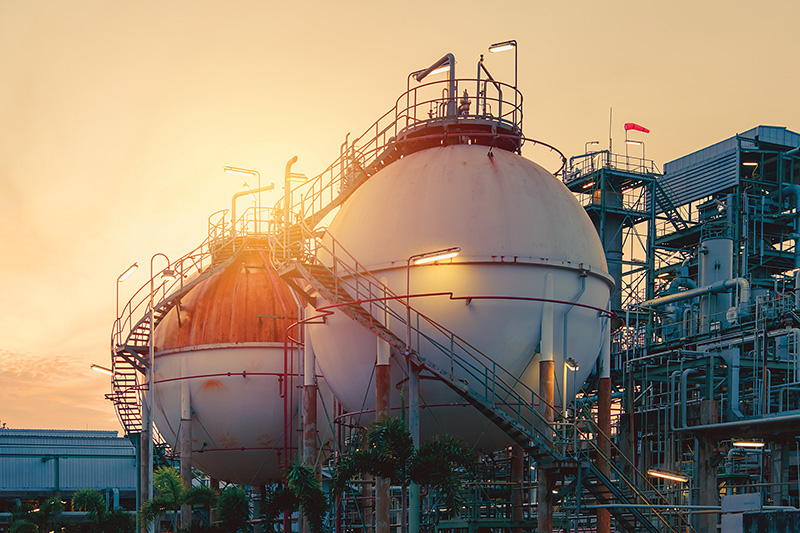7/21/2025
(P&GJ) — America’s natural gas utilities are partnering with state governments and businesses to deliver more energy to consumers, support domestic manufacturing, and ensure reliable fuel supplies for the data centers powering today’s economy.
According to the American Gas Association (AGA), the natural gas industry is playing a leading role in advancing the nation’s energy infrastructure—ensuring that new factories, industrial operations, and data centers have access to the energy they need, when they need it. Natural gas remains the fastest, most reliable way to meet this demand, supporting economic growth while helping the U.S. achieve ambitious energy goals without delay.
With over 100 years of recoverable natural gas supply and a robust delivery network of 2.8 million miles of pipeline already in operation, natural gas provides affordable, reliable, and safe energy for homes, businesses, and critical infrastructure. Today, more than 189 million Americans and 5.8 million businesses rely on natural gas for heating, manufacturing, and power generation.
Over the past decade, commercial and industrial customers have saved more than $500 billion by using natural gas. This cost advantage is expected to continue through at least 2050, making it a key factor in energy affordability.
From a reliability standpoint, natural gas service outperforms other energy sources. On average, only one in 650 natural gas customers experiences a service outage each year, compared to one outage per electric customer annually. For manufacturing and data centers, this translates to hundreds of thousands of dollars saved in downtime and disruption.
Storage Concerns and Solutions
While natural gas demand has risen rapidly, storage capacity has not kept pace. Since 2014, underground storage capacity has grown by just 0.1% per year, even as storage utilization has increased to meet peak demand for heating and power generation in both winter and summer months.
AGA points out that maintaining and expanding storage capacity is critical—not only to keep prices stable, but to ensure reliability during extreme weather events. Flexible solutions like LNG storage are helping to bridge the gap. LNG allows utilities to store natural gas in liquid form at sites connected to transmission or distribution pipelines, providing backup supplies on peak demand days. This is especially important in regions like the Northeast, where geological limitations and regulatory hurdles have made underground storage and pipeline expansion difficult.
Additionally, co-locating LNG storage with electric power plants is becoming more common, helping to optimize pipeline use and bolster electric grid reliability. This flexibility is crucial when variable renewable energy sources like solar and wind face production dips.
Call for Policy Reform
To meet future demand, AGA emphasizes the need for long-term infrastructure investment paired with meaningful permitting reforms at both the state and federal levels. Current permitting processes can delay projects for years, stalling the build-out of infrastructure needed to maintain U.S. energy leadership.
“Congress must pass durable permitting reform, including judicial reforms for natural gas and all energy projects, to deliver the capacity our nation needs,” AGA said. “State regulators should also recognize that energy availability is one of the biggest drivers of business investment. States that fail to prioritize infrastructure risk losing out on economic growth.”
With new investments and potential permitting reforms on the horizon, America’s natural gas utilities are prepared to meet the nation’s growing energy needs. In the meantime, the industry continues to innovate, build, and deliver on its promise of reliable, affordable, and safe energy for families and businesses across the country.
Related News
